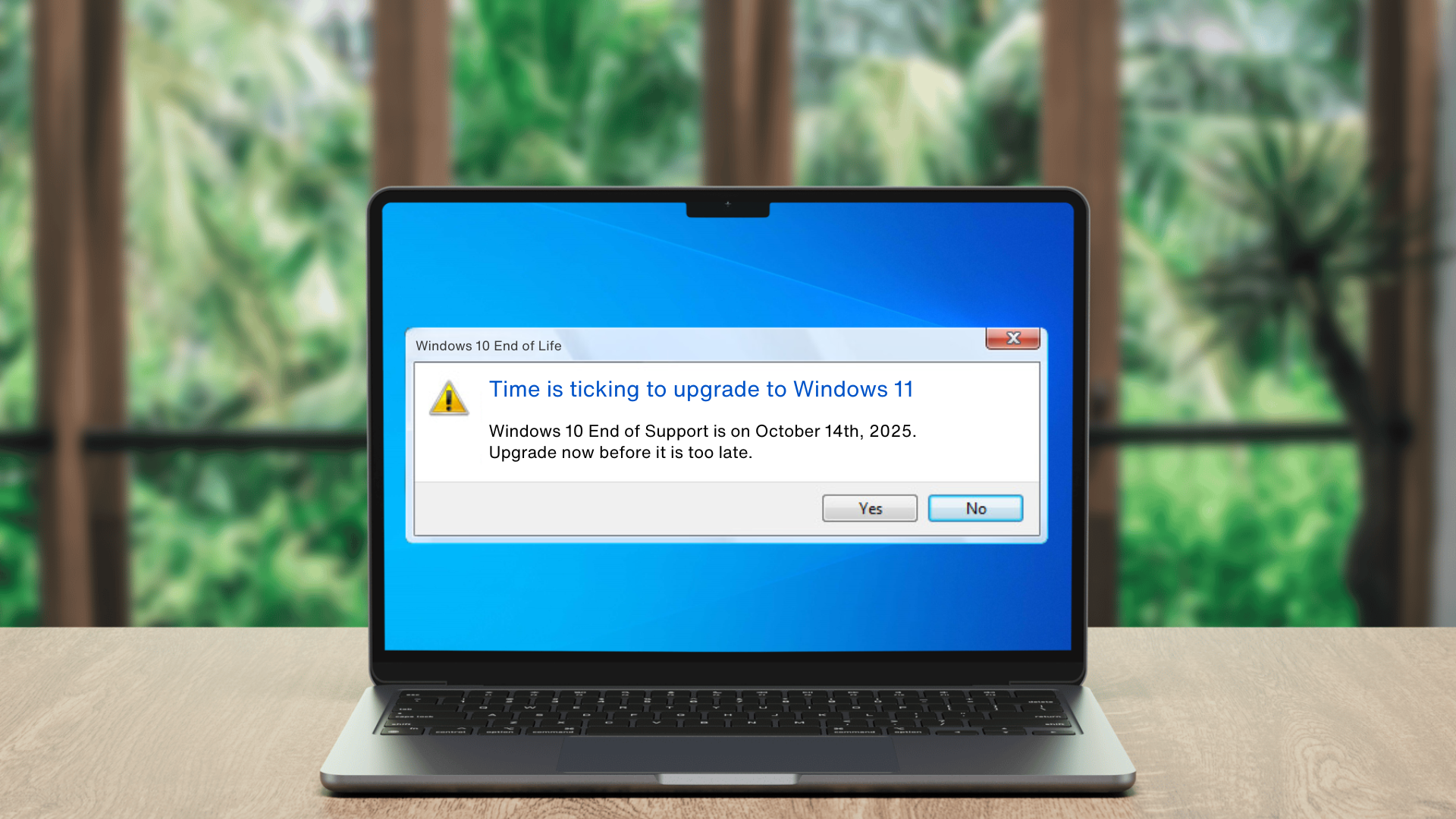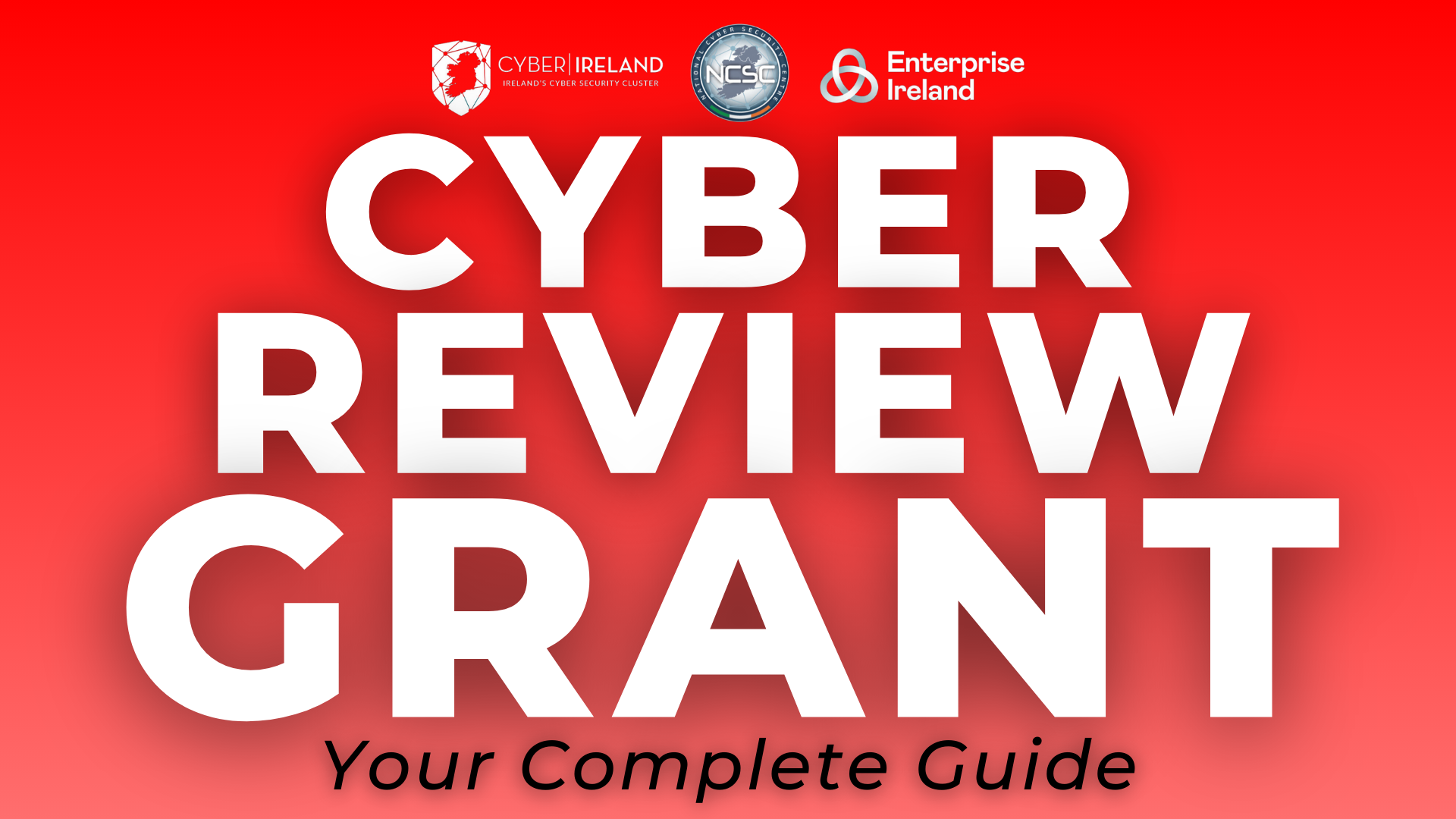Evaluating the Security Environment
Assessing the Threat Landscape: Safeguarding Your Organization
In today's digital age, protecting your organization from potential threats is more crucial than ever. When navigating the intricate world of cybersecurity, several key factors must be carefully considered. In this blog post, we'll delve into these critical aspects to help you fortify your defences.
1. Identifying Your Assets
The first step in building a robust cybersecurity strategy is gaining a comprehensive understanding of your assets. These assets go beyond just your IT infrastructure; they encompass your system, network, data, physical machines, and may extend to facilities, personnel, and even intangibles like your reputation. As the European Union Agency for Cybersecurity (ENISA) emphasizes, "A proper mitigation strategy starts from the knowledge of the assets that can be the target of an attack, as well as a proper risk assessment is at the basis of a proper data security posture."
2. Recognizing Emerging Threats
The threat landscape is constantly evolving, making it imperative for organizations to stay informed about new threats, attack methods, and trends. Recent years have witnessed the rise of geopolitical conflicts and hacktivism alongside perennial challenges like ransomware, malware, and social engineering attacks. Notably, the threat actors themselves have evolved, with state-sponsored hackers and well-resourced hackers-for-hire becoming increasingly prominent. Their motivations vary, but financial gain often takes centre stage, although disruptions and data exfiltration remain their primary goals in some cases.
3. Zero-Day Vulnerabilities: A Growing Concern
Vulnerabilities within IT systems can be either inherent or a result of misconfigurations. When these vulnerabilities are exposed, and no fix or patch has been released, they are termed "Zero-Day Vulnerabilities." As noted by Trend Micro Security Predictions for 2022, witnessed a significant surge in such vulnerabilities, with predictions hinting at an even larger number in 2023. Threat actors eagerly pounce on these vulnerabilities to exploit them for their own gain.
4. Implementing Controls and Countermeasures
To safeguard against vulnerabilities and mitigate risks, organizations must employ a range of controls and countermeasures. One effective technical control involves promptly applying patches as they become available to thwart potential attackers from exploiting vulnerable systems. However, controls can also take the form of policies and procedures, such as access restrictions and regular cybersecurity training for staff. Cultivating a cybersecurity-conscious culture within the organization is key to enhancing overall security.
5. Partnering with Infinity IT
If this discussion on cybersecurity raises questions or concerns for you or your organization, remember that you don't have to navigate this complex landscape alone. Infinity IT is here to assist you in assessing your Threat Landscape comprehensively. Our expertise and commitment to cybersecurity can help you build robust defences and protect your organization from evolving threats.
Don't hesitate to reach out to us for a tailored assessment and proactive solutions to safeguard your digital assets and secure your future. Your organization's cybersecurity is our priority.
Your IT Upgrade Starts Here: Contact Us for a Complimentary Assessment
Contact Us












